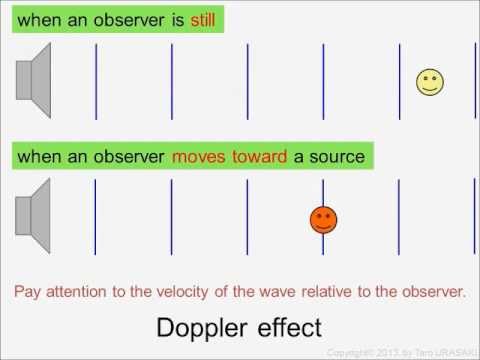Taro4031
When an observer moves toward a stationary source, the period of the wave emitted by a source is shorter and the observed frequency is higher. Because the velocity of the wave relative to the observer is faster than that when it is still.
Source
Doppler effect — when an observer moves toward a stationary source




Also to be noted that, in case of sound waves when the source is traveling relative to Observer at the speed of sound or greater than that then only the phenomenon changes and we call it Sonic boom
And in case of light, only hypothetical tachyons can do it
Wave velocity is not changed only the frequency and wavelength changes
Like if you consider light
And assumes it to be a wave
Then individual wavefronts are having the finite speed of light which is invariant
But because of the motion of observer relative to it, thr observer will receive more wavefronts in the same time
Hence more frequency and longer wavelength as compared to an stationary observer.
Velocity is never changed